Which of the following describes a genetic mutation that results in uncontrolled division of a single cell within the body?
A. Cancer
B. Gene therapy
C. Stem cell
D. Translation
A genetic mutation that results in uncontrolled division of a single cell within the body describes cancer ¹. Cancer is a disease of uncontrolled cell division ¹. Its development and progression are usually linked to a series of changes in the activity of cell cycle regulators ¹. In most cases, these changes in activity are due to mutations in the genes that encode cell cycle regulator proteins ¹.
The other options are not correct because they do not accurately describe a genetic mutation that results in uncontrolled division of a single cell within the body. Gene therapy, stem cells, and translation are not processes that result in uncontrolled cell division.
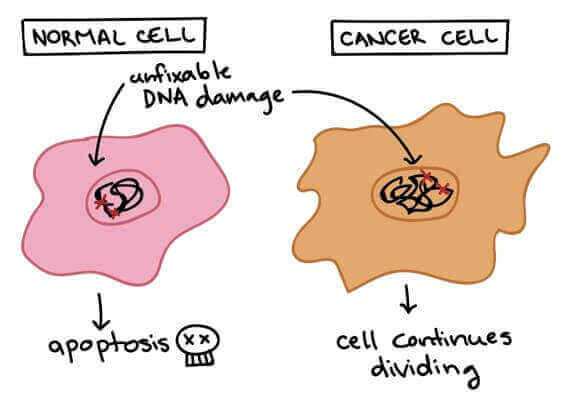
Therefore, the Correct Answer is A.
More Questions on TEAS 7 Science
-
Q #1: Which of the following actions allows for repolarization of a neuron?
A. The inhibition of sodium and potassium pumps, stopping all ion movement into the neuron
B. The opening of sodium channels, allowing sodium to enter the neuron
C. The closing of both sodium and potassium channels to restrict movement of ions into and out of the neuron
D. The opening of potassium channels allowing potassium to leave the neuron
Answer Explanation
D. The opening of potassium channels allowing potassium to leave the neuron
The correct answer is d. The opening of potassium channels allowing potassium to leave the neuron. Repolarization of a neuron occurs after an action potential, when the neuron's membrane potential returns to its resting state. This is achieved by the opening of potassium channels, which allows potassium ions to flow out of the neuron. This movement of positively charged ions out of the neuron helps to restore the negative membrane potential.
A. The inhibition of sodium and potassium pumps would not allow for repolarization because these pumps are necessary for maintaining the resting membrane potential.
B. The opening of sodium channels would cause depolarization, not repolarization.
C. The closing of both sodium and potassium channels would restrict ion movement, but it would not allow for repolarization.
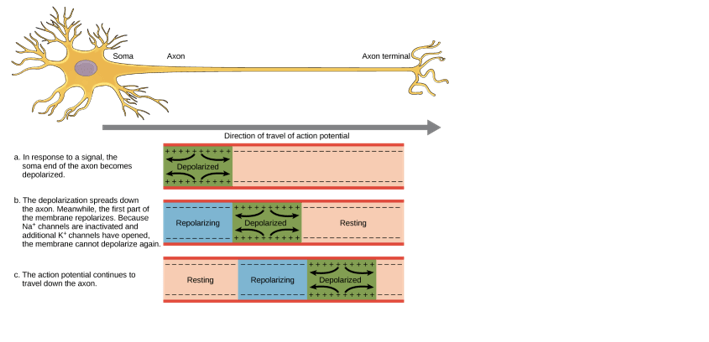
-
Q #2: The covalent bonds between the monomers of an enzyme macromolecule are:
A. Ester bonds
B. Peptide bonds
C. Phosphodiester bonds
D. Glycosidic bonds
Answer Explanation
The correct answer is b. Peptide bonds. Enzymes are proteins, and proteins are made up of amino acid monomers linked together by peptide bonds. A peptide bond is a covalent bond that forms between the carboxyl group of one amino acid and the amino group of another amino acid.
a. Ester bonds are covalent bonds that form between a carboxylic acid and an alcohol.
c. Phosphodiester bonds are covalent bonds that form between a phosphate group and two hydroxyl
groups.
d. Glycosidic bonds are covalent bonds that form between two monosaccharides.
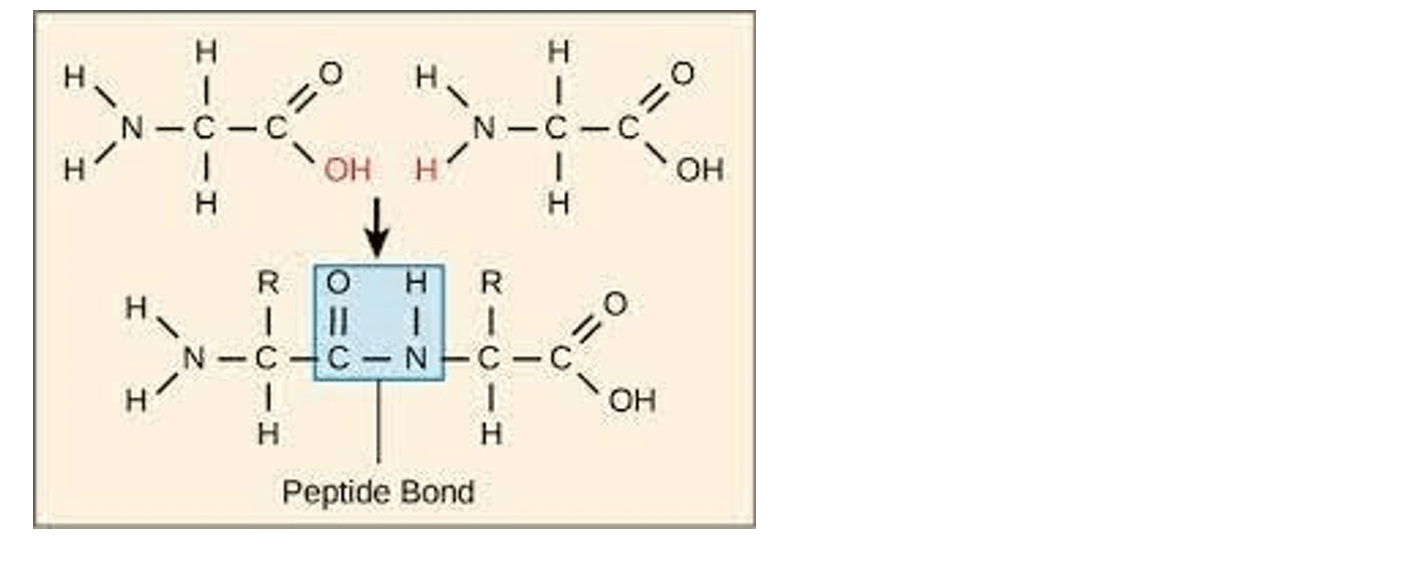
-
Q #3: Both digestion and absorption happen in which of the following parts of the digestive system?
A. Gallbladder
B. Esophagus
C. Stomach
D. Small intestine
Answer Explanation
Both digestion and absorption happen in the small intestine ¹. Digestion is the process by which food is broken down into small molecules that the body can absorb and use for energy, growth, and repair ¹. The final products of digestion are absorbed from the digestive tract, primarily in the small intestine ¹.
The other options are not correct because they do not accurately describe where both digestion and absorption happen in the digestive system. The gallbladder stores bile produced by the liver, but does not play a direct role in digestion or absorption. The esophagus transports food from the mouth to the stomach, but does not play a direct role in digestion or absorption. The stomach plays a role in digestion by churning food and mixing it with gastric juices, but most absorption occurs in the small intestine.

-
Q #4: Genetic information describing the characteristics of an organism is found in which of the following?
A. Nuclei
B. Membranes
C. Cilia
D. Ribosomes
Answer Explanation
The correct answer is a. Nuclei. Genetic information describing the characteristics of an organism is found in the nuclei of its cells. The nucleus contains the organism's DNA, which carries the genetic information that determines its traits.
b. Membranes are structures that surround and enclose cells and organelles, but they do not contain genetic information.
c. Cilia are hair-like structures that protrude from the surface of some cells and are involved in movement, but they do not contain genetic information.
d. Ribosomes are organelles that are involved in protein synthesis, but they do not contain genetic information.
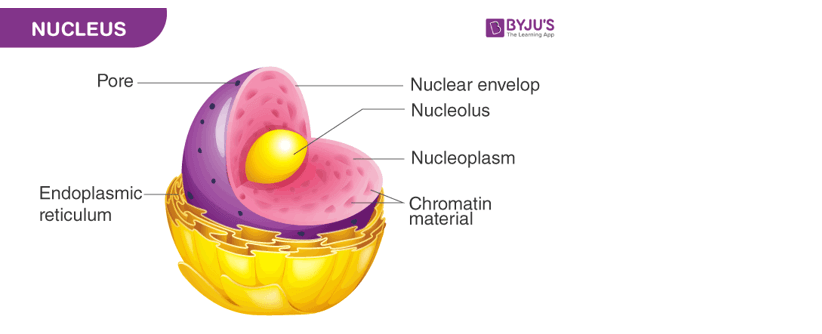
-
Q #5: Which of the following is a component of the integumentary system that secretes pheromones?
A. Fossa ovalis
B. Seminiferous tubule
C. Dermal papilla
D. Apocrine gland
Answer Explanation
The apocrine gland is a component of the integumentary system that secretes pheromones. Pheromones are chemical signals that are released by an individual and can affect the behavior or physiology of other individuals of the same species.
The other options are not components of the integumentary system that secrete pheromones. The fossa ovalis is a depression in the interatrial septum of the heart, the seminiferous tubule is a structure in the testes where sperm are produced, and the dermal papilla is a structure at the base of a hair follicle that provides nutrients to the hair.
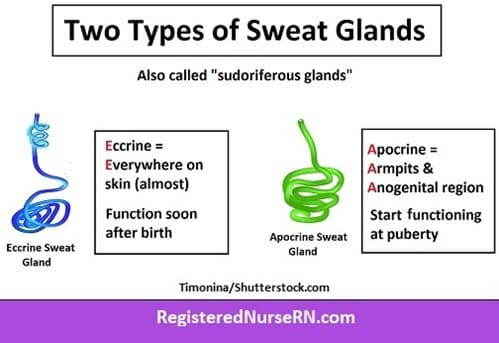
-
Q #6: The triple point of a substance is the temperature and pressure at which the substance exists as which of the following?
A. Simultaneously in sol, gel, and plasma phases
B. As a gel with solid and liquid trapped in gas
C. As a sol with gas and solid trapped in liquid
D. Simultaneously in solid, liquid, and gas phases
Answer Explanation
The triple point of a substance is the temperature and pressure at which the substance exists simultaneously in solid, liquid, and gas phases ¹. In thermodynamics, the triple point of a substance is the temperature and pressure at which the three phases (gas, liquid, and solid) of that substance coexist in thermodynamic equilibrium.
The other options are not correct because they do not accurately describe the triple point of a substance. Sol, gel, and plasma are not phases that coexist at the triple.

-
Q #7: Which of the following functions does the myelin sheath perform for a nerve cell?
A. Insulation
B. Regeneration
C. Sensory perception
D. Nutrition
Answer Explanation
The myelin sheath is a protective membrane that wraps around parts of certain nerve cells.
Its fatty-protein coating provides protective insulation for your nerve cell like the plastic insulation covering that encases the wires of an electrical cord ².
This allows the electrical impulses to travel quickly and efficiently between one nerve cell and the next. The other options are incorrect because they do not describe the functions of the myelin sheath.
Regeneration, sensory perception, and nutrition are not functions performed by the myelin sheath for a nerve cell.
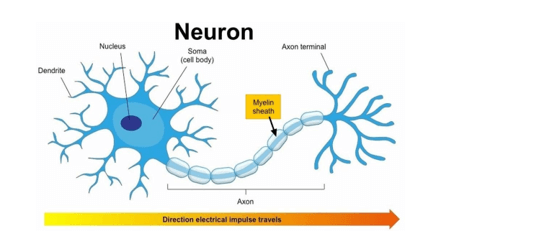
-
Q #8: Which of the following is an efferent neuron that is responsible for releasing a neurotransmiter that stimulates a muscle cell to contract?
A. Motor neuron
B. Interneuron
C. Sensory neuron
D. Neuroglia
Answer Explanation
An efferent neuron that is responsible for releasing a neurotransmitter that stimulates a muscle cell to contract is a motor neuron ². Motor neurons carry signals from the brain to the peripheral nervous system in order to initiate an action. The neurotransmitter acetylcholine (ACh) is released by motor neurons at the neuromuscular junction in skeletal muscle, causing the muscle to contract ³.
The other options are incorrect because they do not accurately describe the type of neuron responsible for releasing a neurotransmitter that stimulates a muscle cell to contract. Interneurons are found within the central nervous system and facilitate communication between sensory and motor neurons. Sensory neurons carry information from sensory receptors to the central nervous system. Neuroglia are support cells for neurons and do not transmit nerve impulses.

-
Q #9: Which of the following substances is responsible for donating H+ ions to act as a buffer when blood pH rises?
A. Oxygen
B. Carbon monoxide
C. Carbon dioxide
D. Carbonic acid
Answer Explanation
The correct answer is d. Carbonic acid. When blood pH rises, carbonic acid can donate H+ ions to act as a buffer and help maintain the pH within a normal range. Carbonic acid is formed when carbon dioxide dissolves in water and reacts with it.
A. Oxygen is not responsible for donating H+ ions to act as a buffer when blood pH rises.
B. Carbon monoxide is a toxic gas that does not play a role in buffering blood pH.
C. Carbon dioxide can dissolve in water to form carbonic acid, which can then donate H+ ions to act as a buffer.
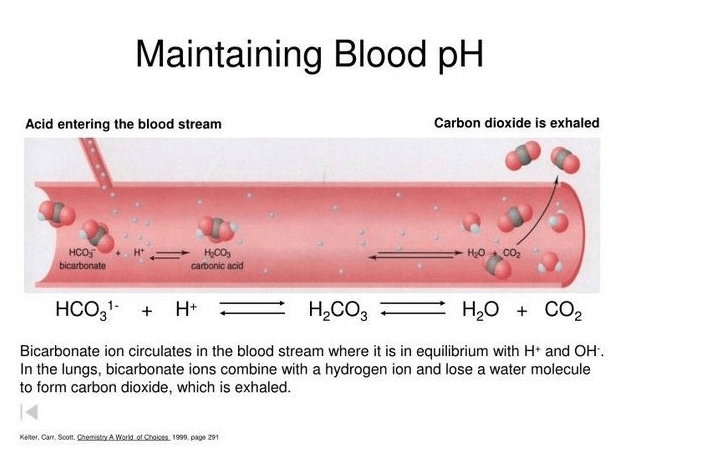
-
Q #10: A researcher wants to gather data on the average wing strength of all birds found in the American Northwest. The researcher only has one small net, so all large birds were excluded from the study. The researcher's results were different than expected, but he believes his data include enough birds to estimate the strength of all birds. For which of the following reasons should this data be rejected?
A. Data contradict the control group
B. Data were different than expected
C. Data are biased by the methodology
D. Data cannot be displayed graphically
Answer Explanation
The correct answer is c. Data are biased by the methodology. The researcher's data should be rejected because they are biased by the methodology used to gather them. By only using a small net, the researcher excluded all large birds from the study. This means that the data do not accurately represent the average wing strength of all birds found in the American Northwest.
A. The data contradicting the control group is not a reason to reject the data in this case.
B. The data being different than expected is not a reason to reject the data in this case.
D. The data not being able to be displayed graphically is not a reason to reject the data in this case.
Free Access on TEAS 7 Exams and Study Notes
- Access to all TEAS 7 Exams
- Performance Tracking and Analysis
- Well Documented and Explained Questions and Answers
- 2000+ Questions and Correct Answers: Answers Well Explained
- Libary of Detailed StudyNotes
- Topical Questions and Answers on Examinable topics
TEAS 7 Exams (Q&A)
TEAS 7 Study Notes
TEAS 7 Topical Tests

TEAS 7 Study Guides
Quick Links
Refer a Friend
Refer a friend and claim free unlimited access

© 2024 ExamGates Made with by ExamGates
